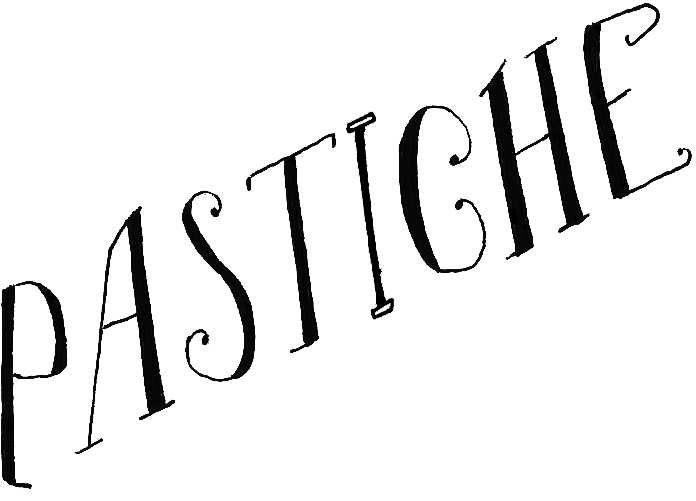Slow roasted herb salmon
As I’ve discussed before, salmon is not my favorite food, and it’s certainly not my favorite fish for how often it tastes overly fishy. But when it's good, it's so good. Determined to make it a beloved part of my at-home repertoire, I’ve learned that cooking it low and slow in the oven is a really good way to produce an incredibly moist, flavorful filet that doesn’t taste overly fishy.
In this straight-forward and relatively common style of preparing salmon, the fish is complimented so well by all of the fresh herbs that encrust the top, as well as flaky sea salt, black pepper, and lemon. I find that the mayonnaise and Dijon mustard layer does not taste like mayo and mustard after cooking; the two are merely acting as a solid base of flavor and a way to ensure the fish is moist and rich (and additionally, mayonnaise is really just an amped up version of an olive oil marinade when you consider that mayonnaise is made from olive oil, egg yolk, and lemon juice or vinegar) - all good things!
Slow roasted herb salmon
Adjust recipe based on how many filets you are cooking; ingredients are for one 8 oz filet
8 oz wild caught Atlantic salmon filet
½ tsp Dijon mustard
1 tsp mayonnaise
About ¼ tsp salt (or less if you don’t love salt)
Black pepper
1 T finely chopped dill
1 T finely chopped parsley
1-2 tsp olive oil, or enough to drizzle over the top of salmon, plus a tiny bit for bottom of baking dish
Lemon zest
½ tsp lemon juice
Pull salmon from fridge at least 30 minutes before cooking to let it come to room temperature while you begin “marinating” it. Pour a tiny bit of olive oil in the bottom of a baking dish (just enough to coat), and then place salmon filet on top of it. In a small bowl, whisk together Dijon and mayonnaise until combined. Sprinkle salmon evenly with salt and pepper (including the sides), then spread with Dijon mixture over the top and sides. Mix together dill and parsley, and then press the herbs over the top of the salmon, creating a full layer. Drizzle herbs with olive oil to lightly coat them. Finish off with a bit of fresh lemon zest, and then a little squeeze of lemon juice over the top.
When you’re ready to begin roasting the salmon, place a pan of water in the lowest rack of the oven (this helps keep the fish moist as it cooks), and preheat the oven to 250 degrees. Place salmon on the middle rack and set timer for 25 minutes to start (although mine took around 40 minutes). Because you’re cooking at a low temperature, try to keep the oven door closed as much as possible (and quickly shut it when you’re removing dish to check for doneness). After 25 minutes, check for doneness by delicately cutting into the salmon’s center with a knife (you want the filet to pull a part in a flaky way), or checking internal temperature of salmon by placing a thermometer in the thickest center part. I think salmon is most delicious cooked to medium, between 125 and 130 degrees, although you can certainly cook it longer to 145 degrees. When it’s finished, remove from oven and let it rest for a few minutes before using a fish spatula to carefully transfer to serving plate. Enjoy with an extra squeeze of lemon or more flaky sea salt if needed.
